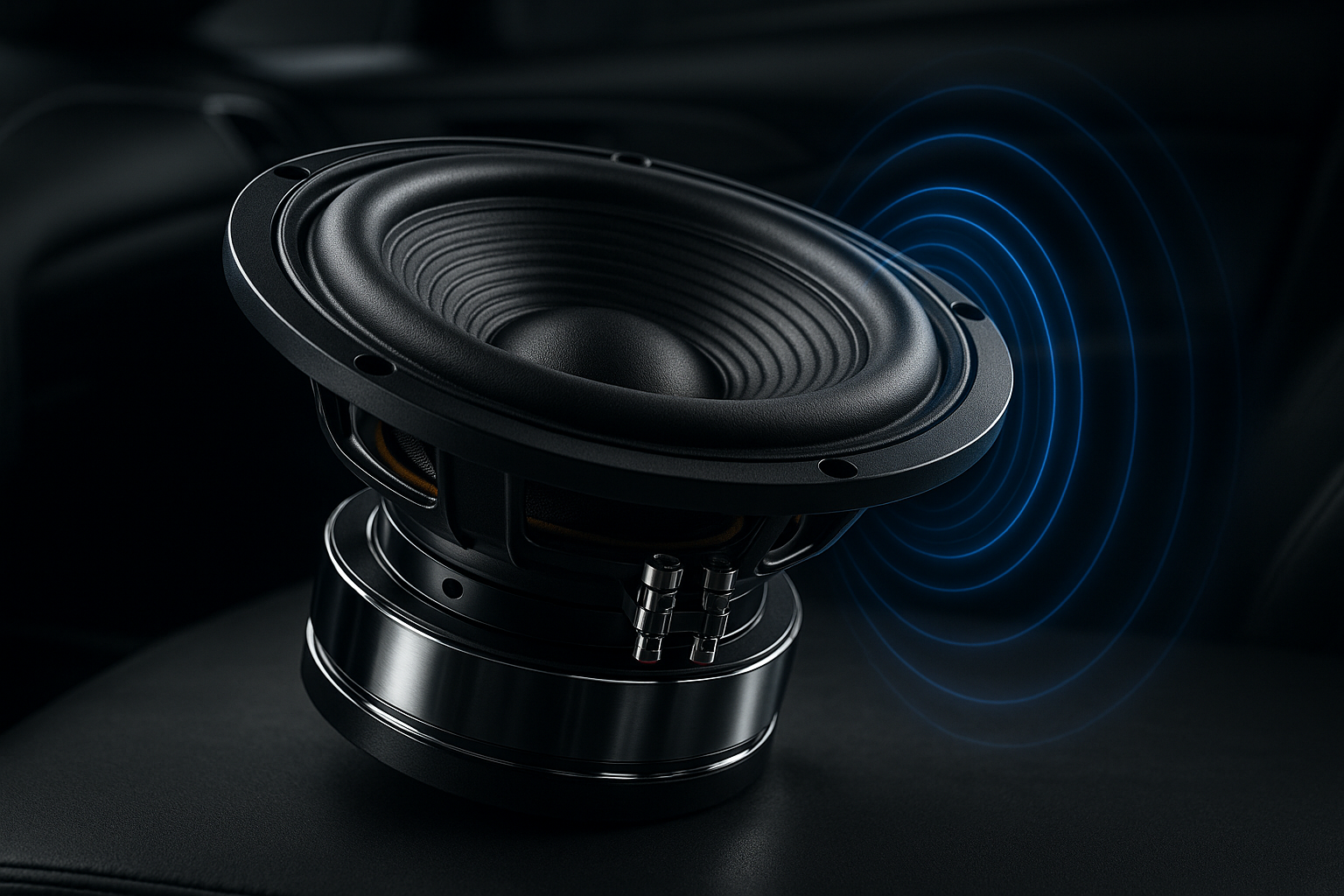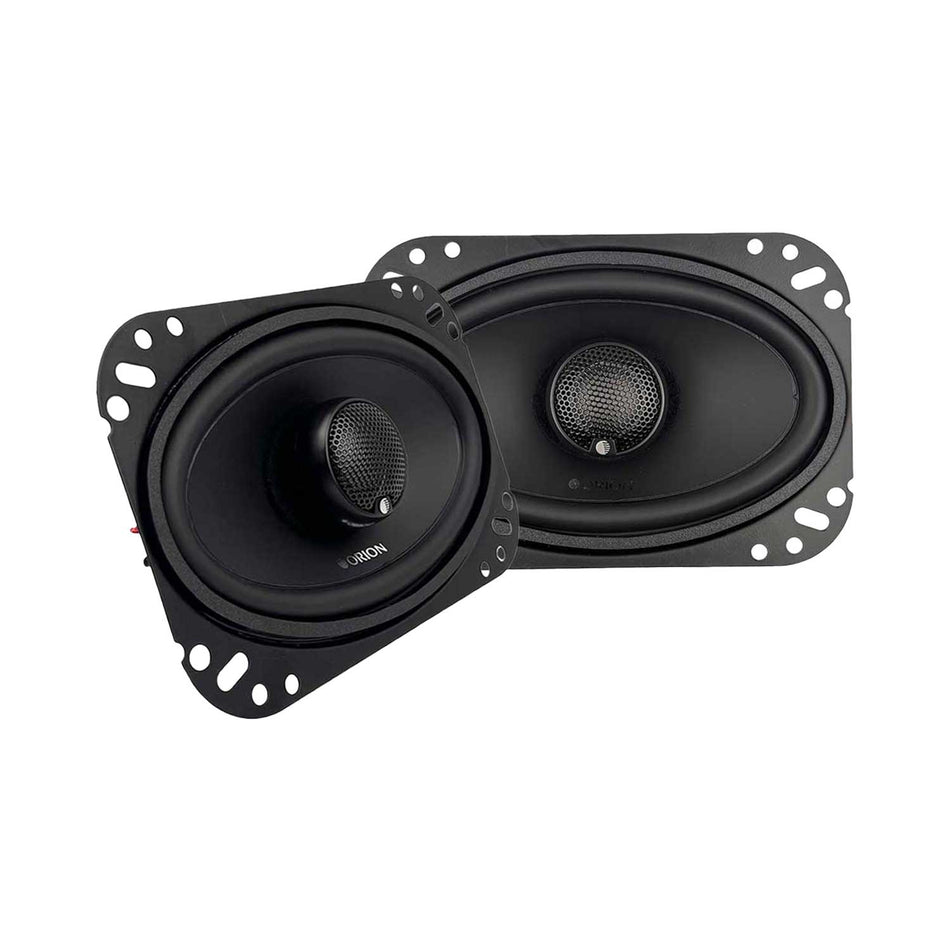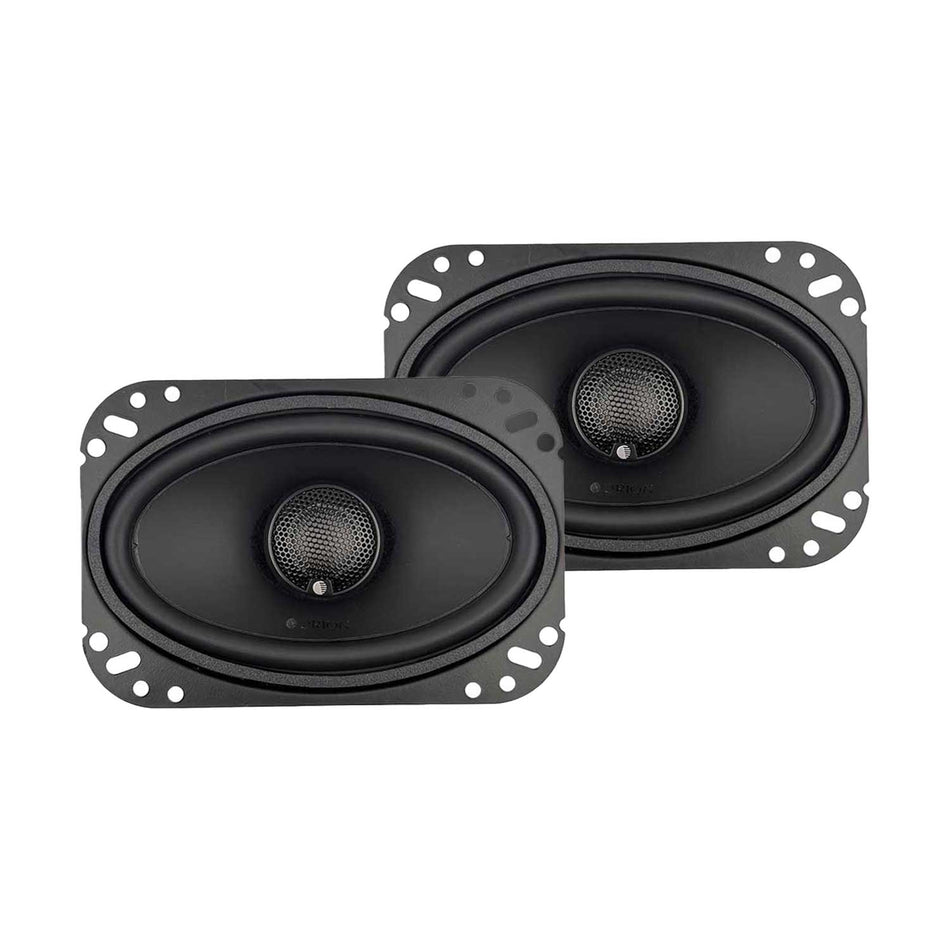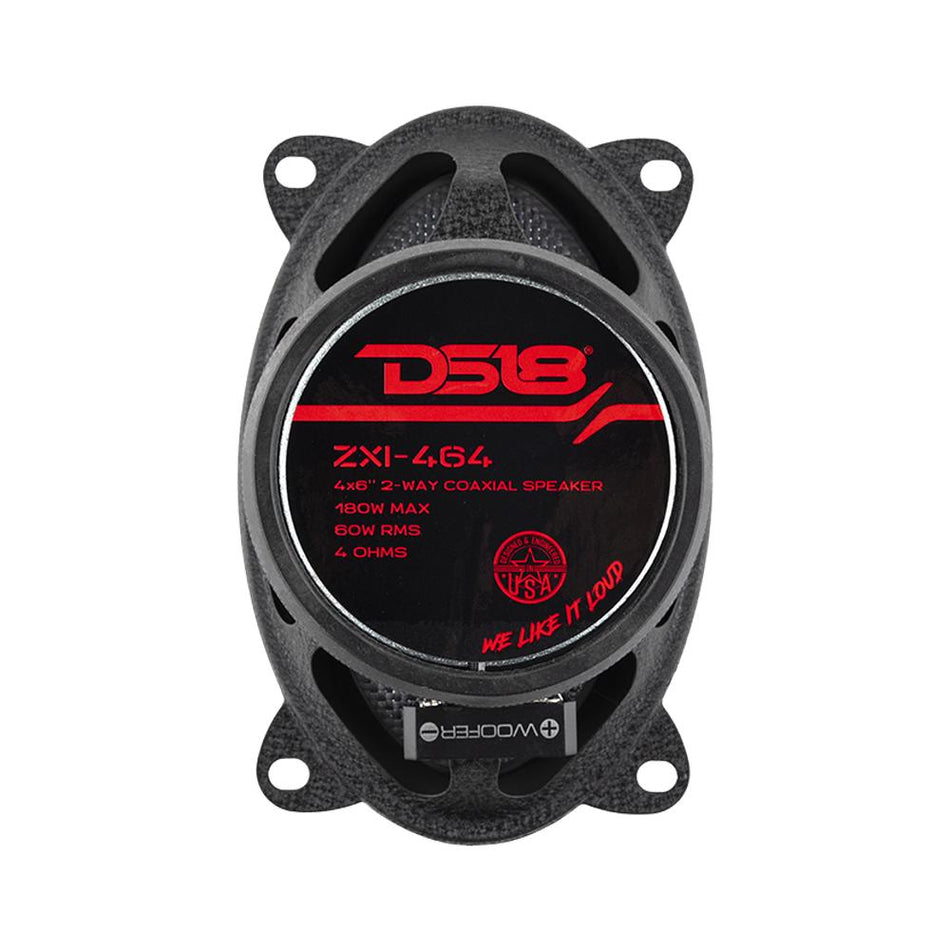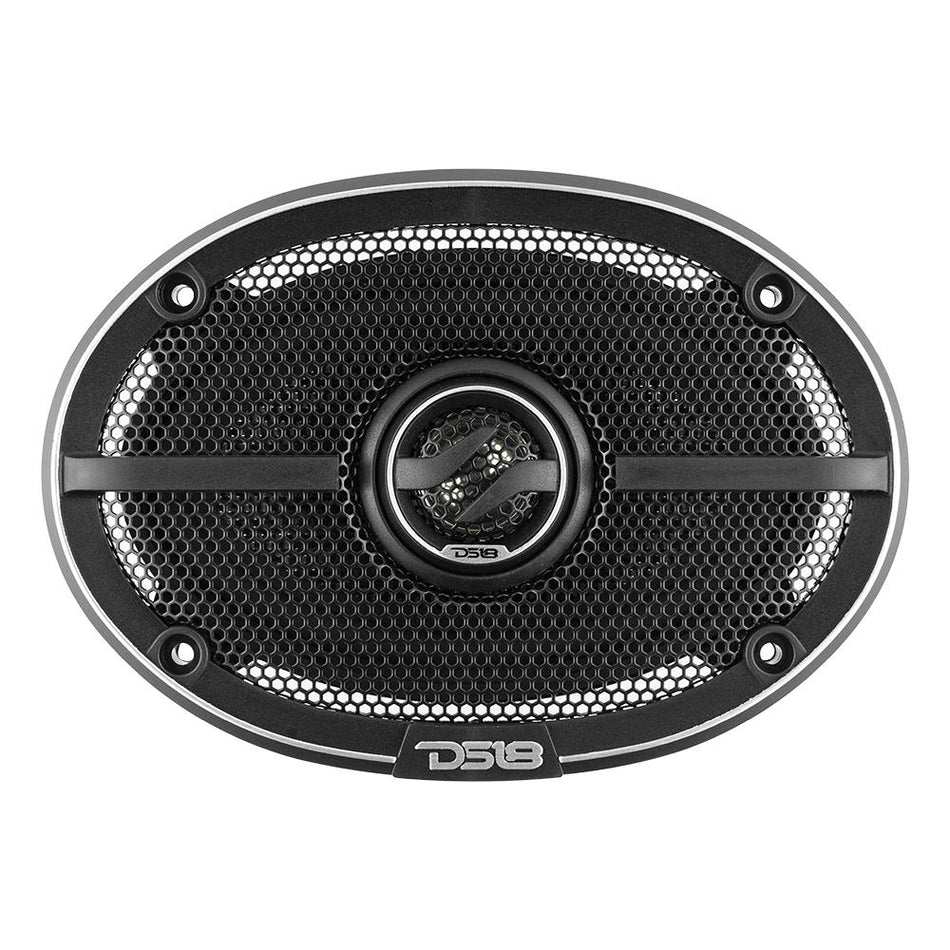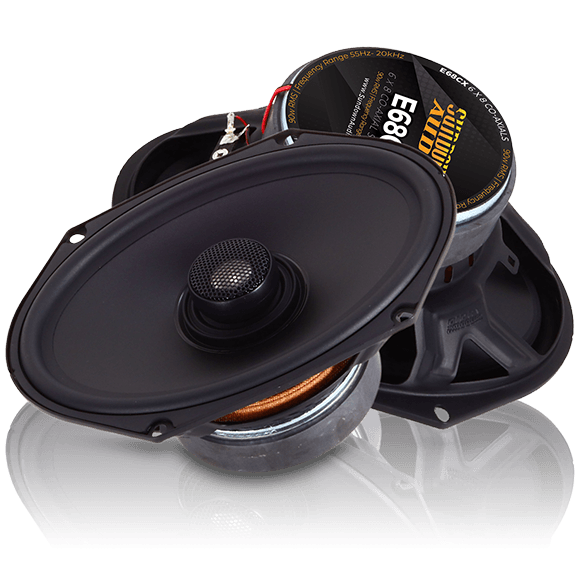How many watts do I actually need to power my speakers? It is one of the most asked questions in car audio. All the discusses around the theme of RMS, peak power, impedance, and matching amps can be confusing. However, it is important to get this right because the former will cause your system to go dead, and the latter will cause your speakers to blow or your amp to be ruined.
Actually, a high speaker wattage does more than just make the sound louder. The goal is to find a balance, make sure everything is clear and ensure the company performs well over time. No matter if you’re building from scratch or changing your current speakers, knowing how power and speaker ratings interact will guide you in buying the right gear.
Speaker Wattage Explained
When shopping for speakers, you’ll often see two power ratings:
-
RMS (Root Mean Square): The continuous power a speaker can handle safely over time
-
Peak (or Max) Power: The highest wattage it can handle for short bursts
RMS is the most important number to pay attention to. It helps you get to know the potential of the speaker’s volume without wrecking how it sounds. When someone asks, “How many watts should a good speaker have?”, is to look at the RMS rating and not only at the advertised peak power.
For example, if a speaker is rated at 75 watts RMS and 200 watts peak the speaker is not supposed to run at 200 watts all the time. It's designed to best perform at or near 75 watts of continuous power.
How Many Watts Do I Need for My Speakers?
Try to make sure your amplifier’s RMS output equals or is very close to what the speakers indicate for RMS rating.
Here’s a simple RMS matching guide:
-
Underpowered systems (20–40 watts RMS): Fine for basic factory upgrades or low-output aftermarket head units
-
Mid-range builds (50–100 watts RMS): Ideal for most coaxial or component speakers, offering clean volume and punch
-
High-performance systems (100–200+ watts RMS): Built for clarity at high volume, especially with sound deadening and upgraded wiring
As an example, when your 6.5 inch door speakers have a 80 watts RMS rating, an amp with 75-90 watts per channel would be an ideal match. Providing them with 30 watts would make them sound flat and weak. Conversely, it would be unsafe to push them at 150 watts without overloading and distorting them, unless they are overbuilt, or coupled with a powerful crossover.
Why Matching RMS Is So Important?
Matching RMS ensures your speakers get enough power to perform without distortion, while also protecting both the amp and the speaker from damage.
-
Too little power: An underpowered amp working too hard can clip the signal. That clipped distortion is one of the biggest causes of blown speakers.
-
Too much power: Overpowering speakers without the proper crossover protection can physically damage the voice coil or cone.
The goal is clean, controlled output. A properly powered speaker doesn’t just play louder—it plays better.
Amplifier Speaker Pairing: What to Consider?

When choosing an amp, don’t just look at the wattage on the box. Make sure you check:
-
RMS per channel at the right ohm load (2Ω, 4Ω, etc.)
-
Speaker impedance (Ohms) and wiring configuration
-
Amp class (A/B vs. D) and efficiency
-
System design (are you running active or passive crossovers?)
For example, a Class D amplifier rated at 100 watts RMS x 4 channels @ 4Ω is a great fit for a full-range speaker setup rated at 90–110 watts RMS. That’s tight amplifier speaker pairing that ensures both control and headroom.
If your subwoofer is 500 watts RMS, pick a monoblock amp that is designed to handle that power at the right impedance, usually 2Ω or 1Ω depending on your sub.
Headroom: Why a Bit More Power Can Be Better
Most installers have a lot of experience in that speakers need 10-20 percent more clean power than their RMS, but not when you always play it at full volume. Precisely, it is known as headroom and it is a capacity of your system to accommodate strong parts in music without creating distortion.
Taking a case in point, when using speakers with 100 watts RMS and an amp with a maximum output of 110-120 watts, there can be a dynamic and open sound and this is mostly when listening to difficult sections of songs. Ensure that the gain is right, rather than have all the settings at maximum.
How Much Wattage Do You Actually Need?
Let’s look at a few real-world situations:
Daily Driver, Factory Replacement
-
Speakers: 40–60 watts RMS
-
Amp or Head Unit: Built-in 20–25 watts is often enough
-
Result: Clean, improved clarity over stock with decent volume
Budget Aftermarket Build
-
Speakers: 65–80 watts RMS
-
4-Channel Amp: 75–85 watts RMS per channel
-
Result: Clear, balanced sound without distortion or overkill
SQ Build (Sound Quality)
-
Speakers: 100–150 watts RMS
-
Amp: 125–160 watts RMS per channel
-
Result: Excellent detail and control at all volumes
SPL or Bass-Heavy System
-
Subwoofer: 500–1200 watts RMS
-
Monoblock Amp: Matched RMS at correct ohm load
-
Result: High-output performance with properly tuned gain/crossover
So when someone asks, How many watts do I need for my speakers?, the answer really comes down to your goals, speaker specs, and amp quality. Not just the numbers!
Avoiding Common Mistakes
Many car audio beginners assume “more watts = better sound.” That’s not always true. Some of the best-sounding systems rely on precision tuning, not brute force.
Here are a few things to avoid:
-
Chasing peak wattage instead of matching RMS
-
Ignoring impedance when wiring multiple speakers
-
Using low-quality amps that exaggerate power specs
-
Skipping sound deadening, which leads to poor efficiency
Investing in clean power, tuning, and installation often makes more difference than simply increasing wattage.
Tuning Tips for Maximum Sound Quality
Once you’ve matched your amp and speakers correctly, fine-tuning your system will unlock the true potential of your gear:
-
Set gain using a multimeter or SMD tool, not by ear
-
Use a high-pass filter (HPF) on mids and highs to cut low-end distortion
-
Install a low-pass filter (LPF) on subs to reduce muddy overlap
-
Use EQ carefully to balance tone, not boost volume
-
Deadening doors improves speaker performance and reduces power needs
A well-matched, well-tuned system always sounds louder and cleaner than a mismatched one with more raw-power.
Speaker Wattage Isn't Everything (But it matters)
How many watts are good for your speaker? It depends on what you demand out of your system. Power ratings provide you with a baseline- but the arrangement, tweaking and installation of the same is what determines the eventual outcome.
You do not have to use 1,000 watts to listen to great music. The only thing needed is the right amount of clean power that gets efficiently delivered to high-quality speakers that are capable of doing so.
Match RMS. Stay within safe ranges. And develop your system on a sense of balance--not mere volume.
Whether you are doing a basic upgrade of coaxial or competition system, knowing the speaker wattage and amplifier matching is what makes the difference between the good system and the great system.

